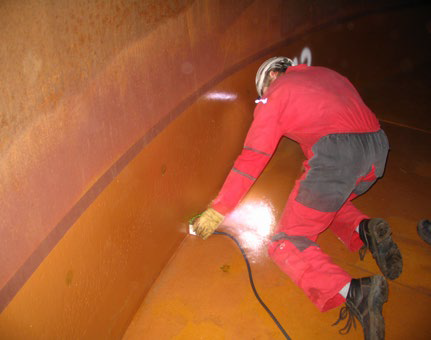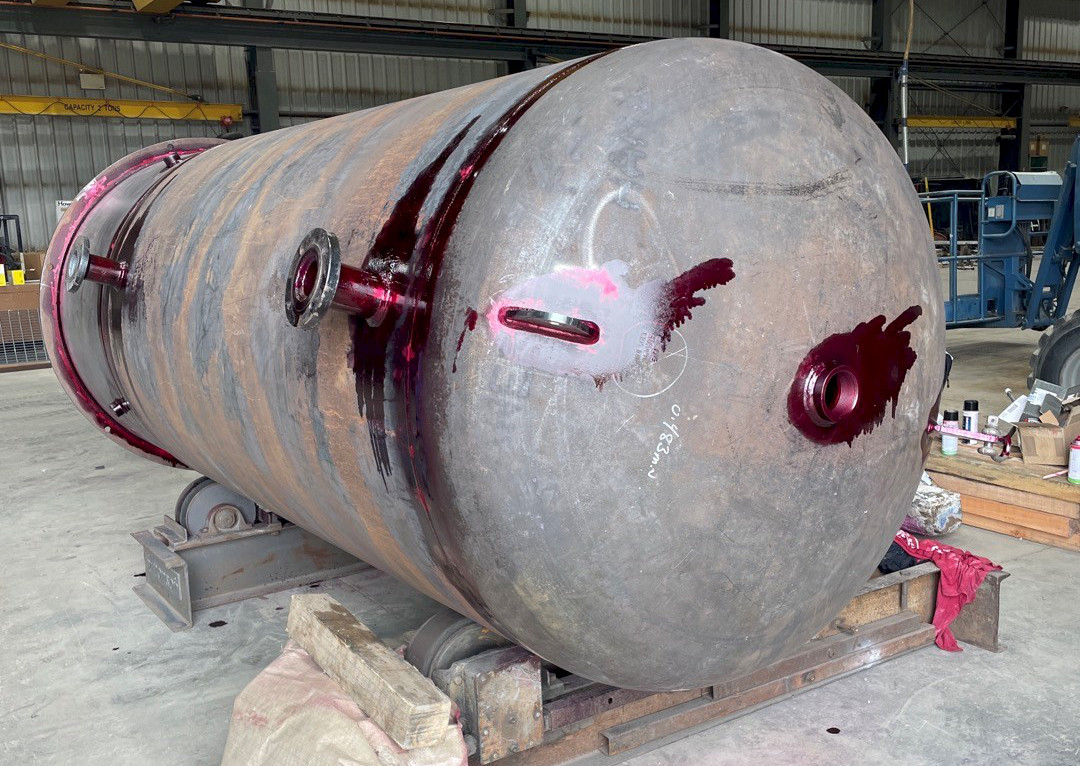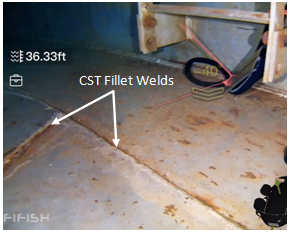The Necessary Role of Storage Tank Welding Assessment in Ensuring Structural Stability and Security Compliance in Industrial Applications
In the world of commercial applications, container welding evaluation emerges as a pivotal aspect in guarding structural stability and ensuring compliance with safety and security regulations. Using a mix of techniques such as aesthetic analyses and advanced testing approaches, these inspections serve to recognize and reduce possible flaws before they rise into substantial risks.
Importance of Tank Welding Evaluation

Ensuring compliance with industry criteria and regulations is another substantial element of container welding assessment. Regulatory bodies mandate strict standards for the building and upkeep of storage space containers, and thorough evaluations help companies abide by these needs. Non-compliance can lead to serious charges, consisting of fines and closures, further emphasizing the requirement for rigorous evaluation protocols.
Additionally, tank welding examination plays a vital duty in maintaining functional effectiveness. In summary, the relevance of tank welding examination lies in its capacity to protect public health, secure the environment, and make certain compliance with governing frameworks.
Trick Evaluation Strategies
Effective storage tank welding examination counts on a selection of key methods that make sure thorough examination of weld top quality and structural integrity. Among the most common methods are aesthetic examination, ultrasonic testing, radiographic screening, and magnetic fragment screening - Tank Welding Inspection. Each method uses one-of-a-kind advantages in analyzing various facets of the weld
Visual assessment acts as the first line of defense, allowing assessors to identify surface area problems, irregularities, or variances in the weld bead. Ultrasonic screening utilizes high-frequency acoustic waves to discover interior problems, such as splits or spaces, offering a comprehensive assessment of weld stability. This method is specifically reliable in detecting issues that may not show up externally.
Radiographic testing uses X-rays or gamma rays to generate photos of the welds, exposing internal discontinuities and providing a permanent record for future referral. This technique is extremely effective for essential applications where the danger of failure have to be lessened.
Lastly, magnetic fragment screening is utilized to determine surface and near-surface flaws in ferromagnetic products. By using electromagnetic fields and great iron particles, examiners can pinpoint interruptions that may endanger the structural stability of the storage tank. Together, these strategies create a robust framework for making certain premium welds in industrial applications.
Conformity With Security Standards

Routine assessments play a pivotal role in ensuring conformity by identifying prospective failures or variances from prescribed requirements. Inspectors are trained to evaluate weld quality, verify product specifications, and examine the overall structural honesty of tanks. Their expertise is important in making certain that welding procedures fulfill the required security standards.
Additionally, conformity with safety and security standards not only shields workers but also safeguards the environment from potential threats such as leaks or tragic failings. Organizations that focus on security compliance are much better placed to minimize risks, improve functional performance, and foster a society of safety within their labor force. In summary, keeping extensive compliance with safety and security criteria is essential for the successful procedure of storage tank welding activities in commercial setups.
Advantages of Regular Evaluations
Routine assessments are indispensable to maintaining the architectural stability and security of bonded storage tanks. These evaluations offer an organized approach to identifying possible problems or weak points in the welds, ensuring that any type of concerns are resolved prior to they escalate into significant failures. By performing regular analyses, organizations can identify deterioration, tiredness, and other forms of deterioration that might endanger tank performance.
Furthermore, regular evaluations add to conformity with market guidelines and requirements. Complying with these standards not just mitigates lawful risks but additionally enhances the organization's track record for security and dependability. Regular inspections cultivate an aggressive safety and security culture, motivating workers to recognize and focus on the relevance of devices stability.

Study and Real-World Applications
Instance studies and real-world applications show Read Full Article the substantial impact of efficient storage tank welding evaluation techniques. Following the application of rigorous welding examination protocols, including aesthetic and ultrasonic screening, the facility identified important imperfections in weld joints that can have led to disastrous failings.
Likewise, a water therapy plant applied a comprehensive evaluation program for its storage tank welding operations - Tank Welding Inspection. By integrating non-destructive screening techniques, the plant had the ability to discover very early indicators of deterioration and fatigue in weld joints. This timely intervention extended the lifespan of the tanks and guaranteed conformity with safety regulations, hence protecting public wellness
These study emphasize the value of normal and methodical container welding evaluations. why not try this out By focusing on these practices, markets can reduce risks, boost architectural honesty, and ensure compliance with safety standards, inevitably bring about boosted functional effectiveness and lowered obligations.

Verdict
In conclusion, storage tank welding inspection is an indispensable part of keeping structural stability and safety in industrial applications. Employing various assessment strategies makes certain early discovery of possible defects, consequently preventing disastrous failings.